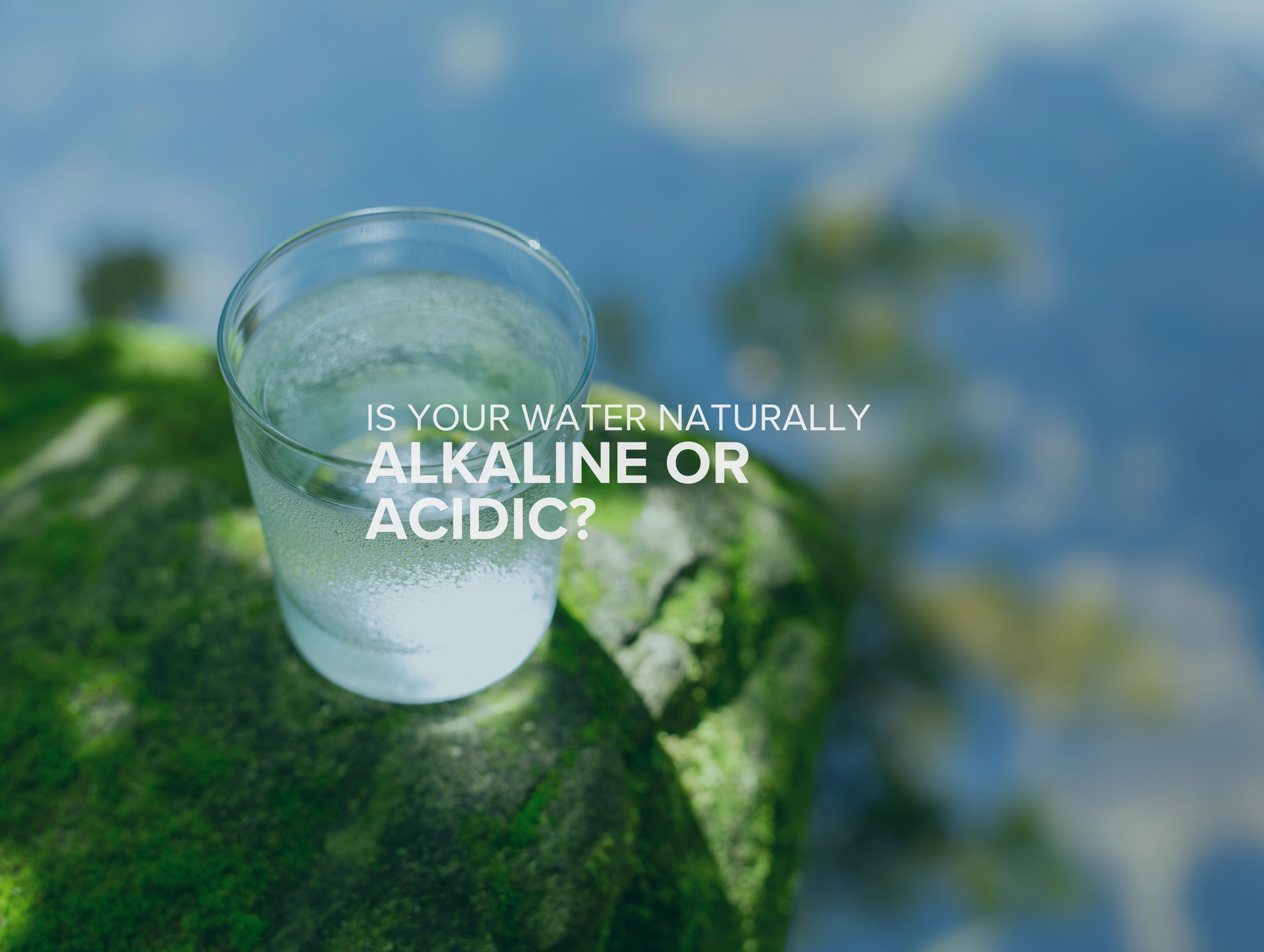

The Nature of Water: Is Water Naturally Alkaline or Acidic?
Often called the universal solvent, water is one of Earth’s most vital substances. It dissolves a wide range of minerals and compounds, making it essential for all forms of life. But while water’s chemical formula (H₂O) appears simple, its behavior—particularly its pH balance—is shaped by a complex mix of natural and human influences.
A common question in discussions about water and health is:
Is water naturally alkaline or acidic?
The answer depends on its environmental source, geological journey, and increasingly, technological intervention—including the use of water ionizers, which can shift its alkalinity for hydration and wellness purposes.
Understanding the pH of Water
The pH scale ranges from 0 to 14, with 7 considered neutral. Pure, distilled water (with no dissolved substances) sits perfectly at 7. But in nature, water is rarely pure. It interacts with minerals, gases, and organic matter, which can shift it to either side of the scale:
-
Alkaline water (pH above 7) usually results from water flowing through mineral-rich areas, absorbing calcium, magnesium, and bicarbonates.
-
Acidic water (pH below 7) may form in environments with decaying organic matter, volcanic gases, or high levels of dissolved carbon dioxide or sulfur.
What Influences Water’s pH?
🪨 Geology
Water flowing through limestone or other calcium-rich rocks becomes more alkaline. In contrast, boggy or volcanic areas tend to produce more acidic water due to sulfur and organic acids.
☁️ Atmospheric Conditions
Rainwater absorbs carbon dioxide, forming carbonic acid and resulting in a natural pH around 5.6. In polluted areas, additional gases (like sulfur or nitrogen oxides) can lower this further, creating acid rain.
🧪 Human Activity
Industrial runoff, agricultural chemicals, and waste discharge all influence water’s pH. Fertilizers can make it more alkaline, while factory emissions tend to increase acidity.
⚡ Water Ionizers
Modern water ionizers use electrolysis to split water into two streams—one acidic and one alkaline. The alkaline stream is often rich in minerals like calcium and magnesium and is widely consumed for its potential wellness benefits, such as improved hydration and antioxidant potential.
💨 Dissolved Gases
Water exposed to decaying organic matter or industrial activity can absorb gases like methane or carbon dioxide, increasing its acidity.
🚰 Municipal Water Treatment
Water utilities often adjust pH by adding alkaline substances (like lime or soda ash) to reduce pipe corrosion and neutralize naturally acidic supplies.
Interesting Facts About Water’s Nature
-
Water Ionizers and Health: Ionized alkaline water is believed to support hydration, reduce internal acidity, and offer antioxidant benefits due to molecular hydrogen. While research is ongoing, many users report feeling more energized and refreshed.
-
Ocean Water: Oceans have a slightly alkaline pH of about 8.1, due to their mineral content. However, rising CO₂ levels are slowly decreasing this, a process known as ocean acidification.
-
Rain Isn’t Pure: Despite romantic notions of purity, rainwater is naturally acidic due to atmospheric carbon dioxide. Pollution can make it even more acidic, impacting soil and aquatic life.
-
Spring Water and Alkalinity: Water from mountain springs is often naturally alkaline thanks to its contact with mineral-rich rock, making it a popular choice for health-conscious consumers.
Conclusion: Nature, Technology, and Our Choice
Whether water is naturally alkaline or acidic depends on a complex interplay of natural environments and human influence. Thanks to technologies like Ionza’s water ionizers, individuals can now tailor the pH of their drinking water to meet personal wellness goals.
Understanding the factors that shape water’s characteristics empowers us to make informed decisions—whether sourcing from nature or using modern tools to enhance quality. Alkaline or acidic, filtered or ionized, water’s highest role is to support life—and that includes your own.








